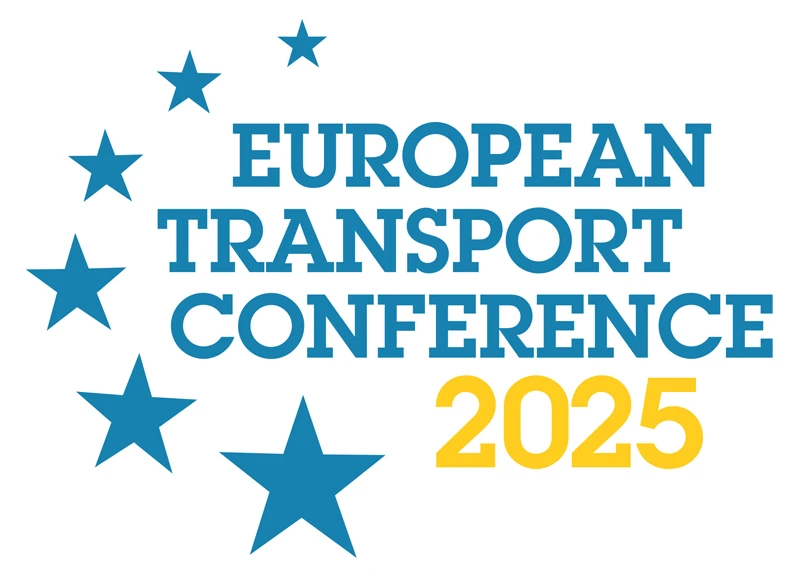-
Past ETC Papers

Browse, search and view papers from the past AET Conferences.
-
Members' Area

AET promotes networking and exchange of ideas, information and opportunities amongst members.
Conference Papers 2020
Online
ETC Conference Papers 2020
Well to Wheel comparison of light-duty vehicles: A scenario analysis of New Zealand and Australia
Seminar
Day 2 (10 Sep 2020), Session 5, Posters, 13:00 - 15:00
Status
Accepted, documents submitted
Submitted by / Abstract owner
Mingyue Selena Sheng
Authors
Mingyue Sheng, Ajith Viswanath Sreenivasan, Basil Sharp and Bo Du
Short abstract
This paper presents a comparative study among different light-duty vehicles using Well-To-Wheel analysis, to identify the correct type of EVs that could benefit the environment based on the electricity mix of a particular country.
Abstract
Transportation sector is one of the highest greenhouse gas emitters in the world, and it is no surprise that Electric Vehicles (EVs) are widely accepted to be the pathway for minimising traffic emission for a sustainable future. However, EVs powered by fossil dominated power source may not be a feasible solution to solve environmental degradation and would rather have an adverse effect on the environment. There has also been significant development in the field of the Hydrogen Economy, and particularly hydrogen-powered EVs due to its abundance and non-toxic nature. The current work presents a comparative study of Internal Combustion Engines (ICEs), Hydrogen Electric Vehicles (HEVs), Battery Electric Vehicles (BEVs), and Plug-in Hybrid Electric Vehicles (PHEVs) from an energy and environmental perspective through a Well-To-Wheel (WTW) analysis. The vehicle is simulated to operate on a standard Worldwide Harmonized Light Vehicles Test Cycle (WLTC) driving cycle. Australia and New Zealand are selected in this study to compare and contrast their divergent structures in terms of electricity mix and EV uptake levels. The analysis suggests that from a strictly economic and environmental perspective, large scale uptake of EVs appears to be an environmentally viable option for New Zealand but not for Australia, given its coal-dominated power generation. Furthermore, in New Zealand, we find that BEVs seem to be a viable option in terms of minimising emissions, but from an energy perspective, the use of BEVs makes sense only for a limited distance because of the heavy battery required, beyond which, HEVs are more energy efficient. For the Australian environment, HEVs offer the best long-term solution mainly due to its current electricity generation mix. Moreover, a vehicle uptake model is projected until 2050, based on sales targets set by both the countries for analysing the long-term impacts of the technology. Finally, a sensitivity analysis is conducted on the projection by varying the different vehicle uptake levels and power generation methods indicating a high probability of reaching the respective EV uptake and emission targets.
Programme committee
Young Researchers' and Practitioners' Forum
Topic
Climate change
Documents:

Association For
European Transport
Forester House
Doctors Lane
Henley-in-Arden
Warwickshire, UK
B95 5AW
+44 (0) 15 64 793552
VAT number: 710 1866 64
Conference Supporters & Endorsers




Legal Entity
The Association for European Transport is registered as an Association ('vereniging') with the Chamber of Commerce for Haaglanden in The Netherlands under company number 27170096.
Built on Zenario




